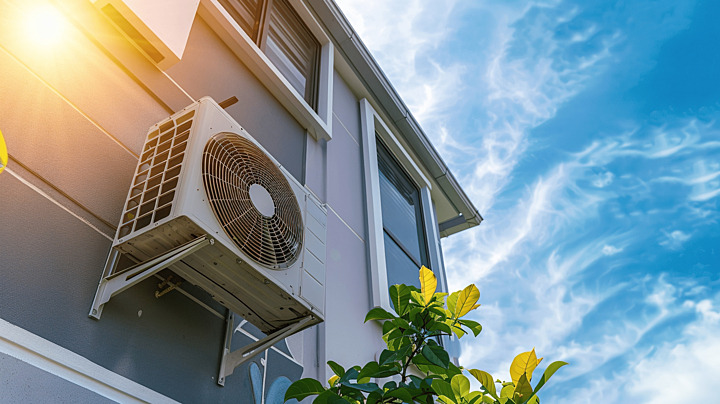
Weather can significantly impact the performance, efficiency, and maintenance needs of an air conditioning (AC) unit. Here’s a breakdown of the effects:
1. High Ambient Temperatures
- Increased Load: The AC works harder to maintain indoor cooling as outside temperatures rise. This leads to:
- Higher energy consumption.
- Increased wear and tear on components like the compressor.
- Reduced Efficiency: When the outdoor temperature exceeds the design limits of the system, cooling efficiency drops.
2. Humidity Levels
- High Humidity:
- Strains the AC, as it needs to remove more moisture from the air.
- Can lead to condensation issues, potentially causing water leaks or mold in ducts.
- Low Humidity:
- Reduces the cooling load but may lead to excessively dry indoor air, affecting comfort.
3. Seasonal Changes
- Summer: Constant operation may overheat the AC unit if not properly maintained.
- Winter: For reversible systems (like heat pumps), efficiency may drop in extreme cold, requiring a backup heating source.
4. Rain and Moisture
- Positives: Rain helps cool the condenser coils, potentially improving efficiency temporarily.
- Negatives:
- Excess water can lead to electrical issues or rust on outdoor units.
- Flooding can damage critical components if the outdoor unit is submerged.
5. Dust and Pollutants (Common in Dry or Windy Conditions)
- Dust accumulation on filters, evaporator coils, and outdoor units reduces airflow and efficiency. This necessitates:
- Frequent cleaning or filter replacement.
- Potential for increased operational costs and reduced cooling capacity.
6. Snow and Ice
- For heat pumps and outdoor units in cold climates:
- Snow accumulation can block airflow.
- Ice buildup may damage the unit or reduce efficiency.
- Defrost cycles are required, consuming extra energy.
7. Wind
- Strong winds may:
- Dislodge or damage external components.
- Blow debris into the outdoor unit, causing clogs or damage.
Maintenance Recommendations
To minimize weather-related impacts:
- Regular Maintenance: Clean filters, coils, and ensure proper refrigerant levels.
- Weatherproofing: Use covers or place the unit under shade but ensure airflow is not obstructed.
- Drainage Management: Ensure proper drainage to prevent water-related damage.
- Monitoring: Install sensors to track outdoor conditions and adjust the system accordingly.
Check out blog posts below!
Latest Posts
Subscribe To My Newsletter
Get updates on the latest posts and more from our Blog straight to your inbox.
Contact

info@dangpham.com
Follow Us:
